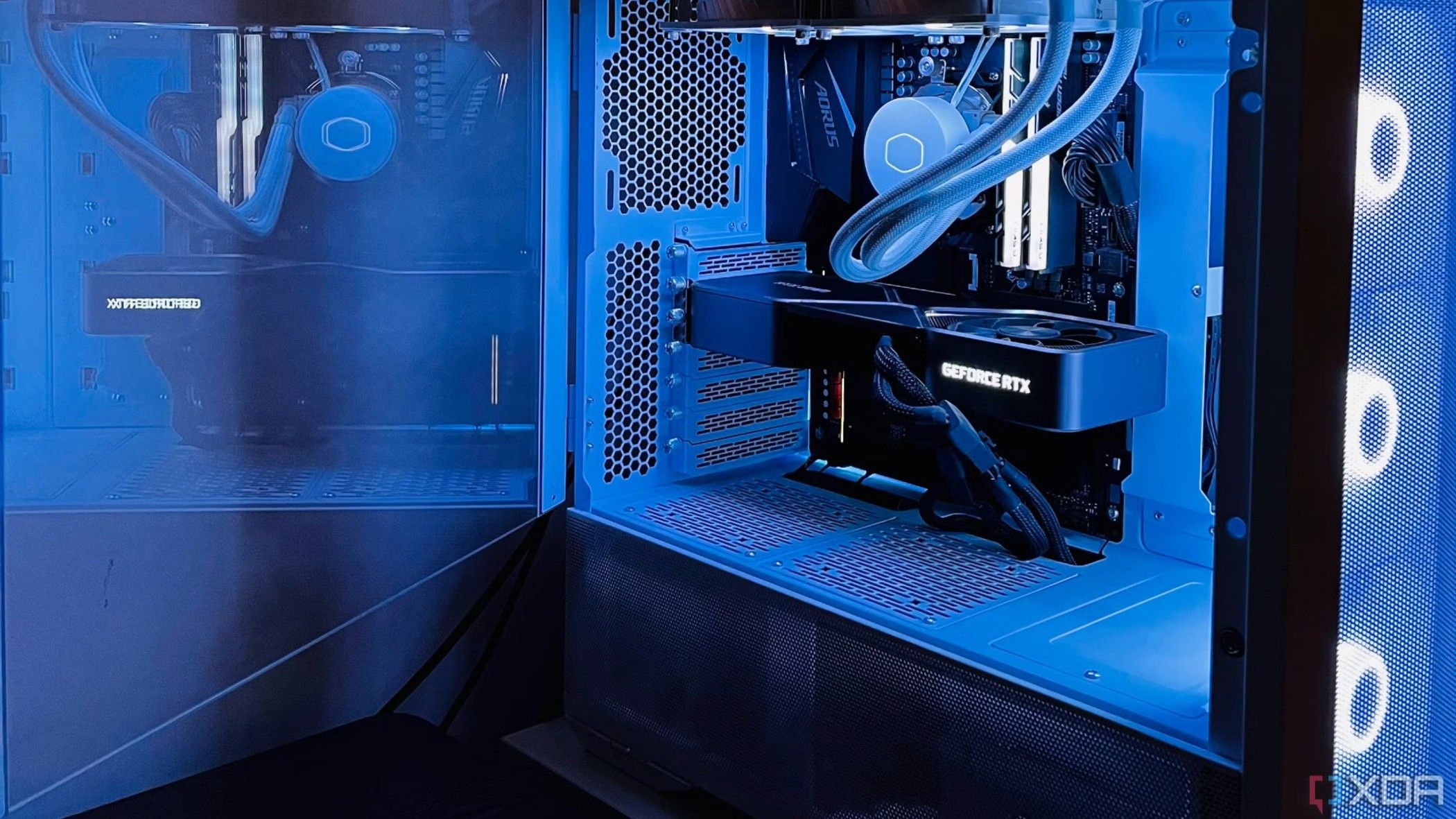PC Features I Paid For But Never Used

Common Features That Often Go Unused in PC Builds
When building or upgrading a PC, it's easy to get caught up in the excitement of new technology and features. However, this can lead to overspending on components that you never actually use. While some features are essential, others are more of a luxury that may not justify their cost. Here are several features I've found myself overpaying for, only to realize they weren't as necessary as I thought.
Onboard Wi-Fi: A Feature I Rarely Used
Wi-Fi has become a standard feature on most modern motherboards, but when I purchased my motherboard three years ago, I opted for one with onboard Wi-Fi at a premium price. At the time, I believed I might need it, but in reality, I've used Wi-Fi on my PC less than once in the past three years. Most of the time, I rely on a wired Ethernet connection, which is more stable and reliable for gaming and productivity tasks.
Wi-Fi can be incredibly useful if you don’t have access to a wired network, such as in homes without Ethernet cables or in situations where setting up a wired connection is impractical. However, for my setup, it was an unnecessary expense. If I had chosen a motherboard without Wi-Fi, I could have saved money and allocated those funds toward more impactful components.
Gen5 M.2 Slot: A Feature That Didn’t Pay Off
A few years ago, I helped my brother build his dream gaming PC and we debated whether a Gen5 M.2 slot was necessary. I argued in favor of it, thinking that Gen5 NVMe drives would soon become mainstream. However, two years later, Gen5 SSDs still haven’t gained much traction in the gaming world. The performance benefits aren’t significant enough to justify the extra cost, especially when Gen4 drives are more affordable and perform just as well for most users.
Paying extra for a Gen5 M.2 slot turned out to be a mistake. While it’s possible that future systems will benefit from this feature, for now, it’s not a priority. I’ve since realized that I don’t need it for my current setup, and I won’t be prioritizing it in my next build either.
RGB Lighting: More Style Than Substance
RGB lighting has become a popular feature in many PC components, including motherboards, RAM, and cooling solutions. When I built my PC in 2022, I wanted RGB on my RAM, fans, and CPU cooler. I even chose a motherboard with RGB lighting, despite the fact that the lighting wasn’t particularly impressive — only the left and bottom edges had faint illumination.
While RGB can add a nice aesthetic touch, it wasn’t something I truly needed. I could have saved money by choosing a cheaper motherboard without RGB, and then invested that budget into a better CPU cooler or other essential components. It was a classic case of buying into the hype rather than focusing on practicality.
Cable Management Features: Not as Important as They Seemed
I chose a case with cable management features, including a removable cable management bar and cover plates behind the motherboard tray. While these features can help keep your build looking clean, I never really used them. My main goal was simply to hide the bulk of the cables in the PSU shroud and behind the motherboard tray.
In reality, I could have achieved the same result with a more affordable case. The added cost of cable management features didn’t provide any real benefit for my needs. Airflow and compatibility are more important factors when choosing a case, and these are typically available in budget-friendly models.
8 CPU Cores: A Costly Impulse Buy
Perhaps the most unnecessary feature I paid for was the two extra CPU cores on my Ryzen 7 5700X. Back in July 2022, this processor was significantly more expensive than the Ryzen 5 5600X. I told myself that the extra cores would make the CPU more future-proof, but in reality, I’ve never felt that the additional cores made a noticeable difference.
For gaming, the performance between a 6-core and 8-core CPU is minimal. Additionally, the Ryzen 7 5700X feels limiting in productivity tasks and heavy multitasking. If I had bought the Ryzen 5 5600X instead, I could have spent the money saved on a better SSD or other essential components.
Final Thoughts: Prioritizing What You Actually Need
While I didn’t spend my own money on this PC — it was a prize from a competition — I still believe I could have used the budget more effectively. Overspending on features like Wi-Fi, RGB, and extra CPU cores doesn’t necessarily mean the money was wasted, but it does mean that I could have invested in components that would have provided more value.
The next time I build a PC, I’ll focus on what I actually need rather than getting caught up in the latest trends. By doing so, I can ensure that every dollar spent contributes to a more efficient and powerful system.